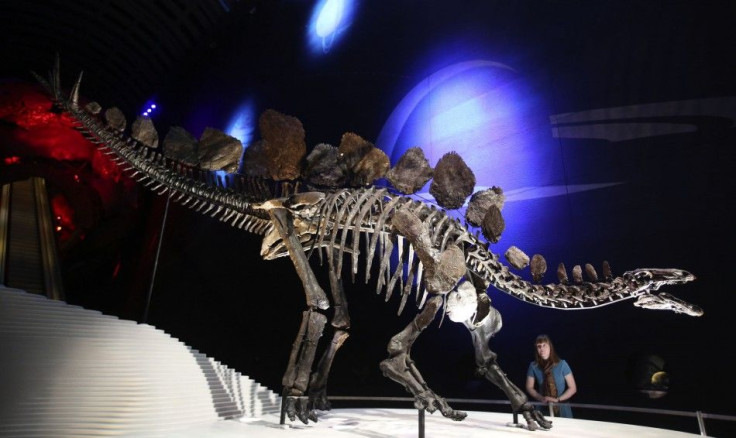Scientists find Australia’s newest dinosaur

Scientists announced Australia's newest species of armoured dinosaurs on Dec 8 in the journal PeerJ. After being misidentified as another dinosaur initially, the skeleton of Kunbarrasaurus ieversi, or Kunbarrasaurus, reveals that it is an entirely different species after all.
Kunbarrasaurus, a primitive type of the famed four-legged, heavily armoured with a club-like tail ankylosaur, was discovered back in 1989 in Richmond Queensland by Ian Ievers. Scientists thought it belonged to the same genus as another famous Queensland dinosaur, Minmi, which is Australia’s only other ankylosaur. After studying the CT scan result, however, scientists declared that Kunbarrasaurus needed another classification.
"The shape and the textures on the dermal armour are different, the hand from Minmi is different to kunbarrasaurus and the vertebrae is different," said the study’s lead researcher, Laura Leahy, Sydney Morning Herald reports. "Most of the bits are different. There are a couple of things that are similar, but the majority are different."
The remains of the dinosaur are considered to be one of the complete skeletons of ankylosaurs found, Australia’s most whole dinosaur so far. Ninety-five per cent of its bones are well-preserved, as well as its skin texture and stomach contents.
"One of the most unusual things about it is the osseous labyrinth of the inner ear," remarked research supervisor, Steven Salisbury, from University of Queensland. "They are huge; they are so different to anything else we've seen before we can't really make any sense of them."
"I suspect this is the tip of the iceberg in regard to the hidden diversity that we've got for these sorts of animals in the Australian dinosaur fauna," Salisbury commented. "It's not all sauropods and megaraptoran carnivores – the ankylosaurs were an important part of our Cretaceous dinosaur fauna too. The ankylosaur fossils we have are not all Minmi, and the probably represent a Gondwanan radiation of early species, independent of the Northern Hemisphere."Gondwanan radiation of early species, independent of the Northern Hemisphere."
Kunbarrasaurus is a more primitive form of ankylosaur, so it does not entirely resemble the dinosaurs shown on films. Leahey said that Kunbarrasaurus is smaller and does not have the same huge spikes, plates and big tail clubs.
"Kunbarrasaurus doesn't have that,” Leahey added. “It does have dermal armour but it's not as big or impressive as what you see overseas, but that's really great because we can see a lot of the bones underneath."
The dinosaur is named after Kunbarra, a Mayi word of the Wunumara people from Richmond, which means shield. Ieversi honours the one who originally found the fossil.
Contact the writer at feedback@ibtimes.com.au or tell us what you think below.





















